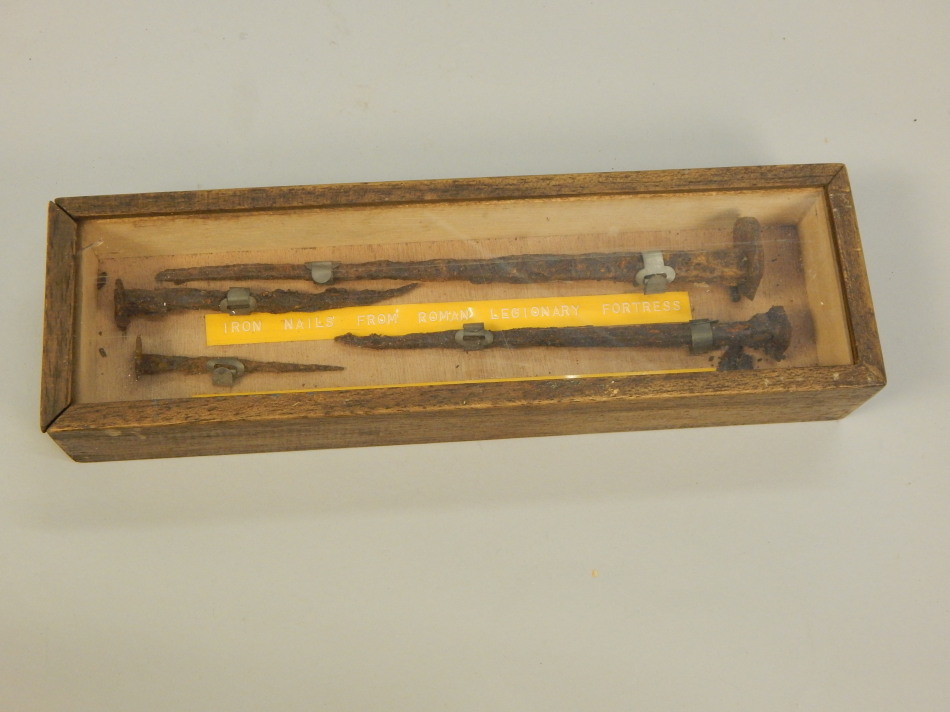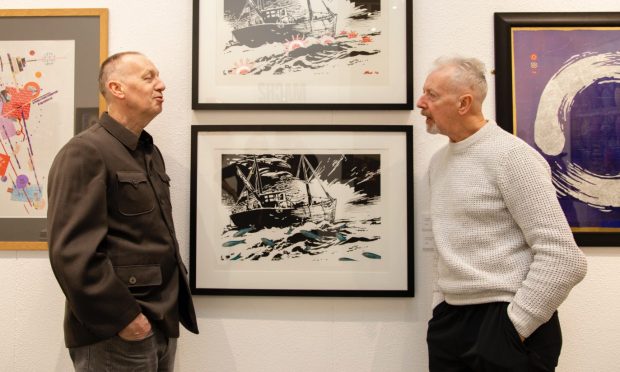THE ROMAN fortress at Inchtuthil on the banks of the Tay near Blairgowrie was excavated from 1952, and subsequently the site provided the only complete plan of a legionary fortress anywhere in the Roman empire.
After its construction around AD83 the 53-acre fort housed 6000 men of Agricola’s 20th Legion. It was the only legionnaire headquarters in Scotland, so it is not hard to imagine its importance to the Roman elite in their swanky south of England villas.
After the order went out in AD 87 for Inchtuthil to be abandoned, the near-million hand-forged nails held in its storerooms were too heavy to cart away and were buried four metres down.
That they were concealed deliberately and thoroughly is explained by the Roman chronicler Tacitus, who wrote that the Caledonian tribes valued iron more than silver or gold, as it could be hammered out into weapons.
The nails were new, and were of all sizes up to 16 inches in length, with a total weight of 12 tons.
Following their discovery in 1960, the National Museum of Antiquities was given a selection of the nails, and sets were freely gifted to major museums around the world.
In the summer of 1962, around 800,000 nails were offered for sale to collectors at five shillings (25p) each or £1.5s for a selection with a commemorative label.
Others were recycled at the Motherwell steel works and it is also thought some were used by atomic scientists to estimate the corrosion effects on barrels of nuclear waste.
And by 1963, the entire hoard had been disposed of.
This brings me to Golding Young & Mawer’s sale in Lincoln on February 15, which featured three iron nails from Inchtuthil contained in a glazed case with a sliding lid.
Examples like this from the legionary fortress used to appear regularly at local auctions but, over the quarter century or so since this column began, these one-time archaeological finds from Perthshire have found their way to far-flung places in the way Roman legionnaires once used to.
In any event, the three-nail set sold for £18 – some 20 times their 1962 value. I wonder, though, if the item owed its provenance to the many publicans who bought the 2000-year-old nails to hang over their bars!










